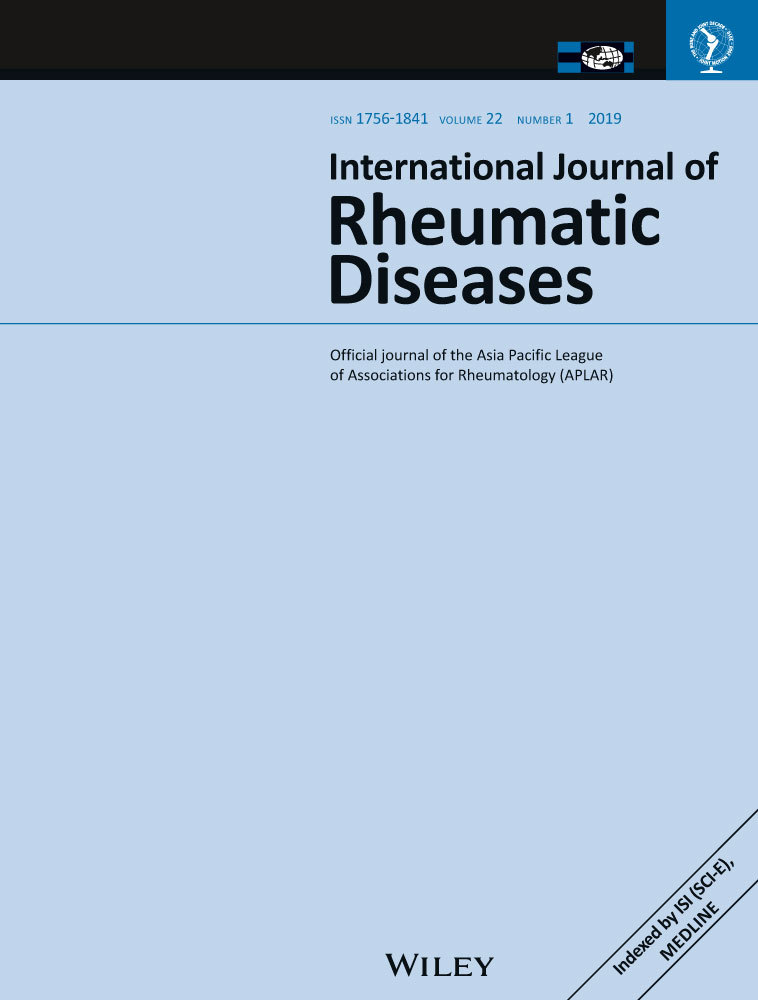Masked pemphigus among pediatric patients with Castleman’s disease
Abstract
Aim
Paraneoplastic pemphigus (PNP) is a mucocutaneous autoimmune disorder accompanied with a neoplasm. Castleman's disease (CD), although rare, is the most common cause of PNP in children. It can be life-threatening when pulmonary involvement occurs. Our study aimed to describe the features of PNP resulting from CD and to find clues for the early diagnosis in pediatric patients.
Method
We report the case of a 13-year-old girl who initially presented with oral ulcers and lichen planus, with progression to respiratory failure. A literature review of PNP and CD in children between 1997 and 2016 was performed. The clinical manifestations, pathological findings, treatment, and outcome were analyzed.
Results
Thirty-two children were included in our study: 16 boys and 16 girls. Intractable mucocutaneous lesions developed early before CD was diagnosed. The clinical manifestations comprised oral ulcers (100%), polymorphous skin rash (86.7%) and genital (62.5%) erosion. Histopathological findings revealed lymphoplasmacytic cells infiltration (92%), vacuolar interface change (72%), acantholysis (68%), and keratinocytes necrosis (36%). Thirty patients underwent tumor resection. These patients mainly had unicentric CD, with the hyaline-vascular variant dominant. Twenty-six patients (81.2%) exhibited pulmonary involvement. The mortality rate was 70.0%. Among them, 90.5% exhibited pulmonary involvement, and 81.0% died of respiratory failure.
Conclusion
Intractable mucocutaneous lesions with a concurrent tumor in children strongly indicate PNP resulting from CD. Because stomatitis or skin erosion may be the first presentation, mucocutaneous tissue biopsy and early detection of the underlying tumor are important. Earlier diagnosis is mandatory for the effective treatment of PNP and pulmonary involvement.
CONFLICT OF INTEREST
All the authors have no conflicts of interest to disclose.




